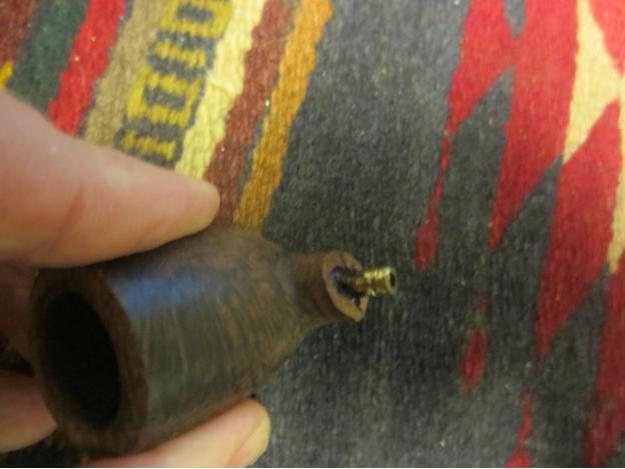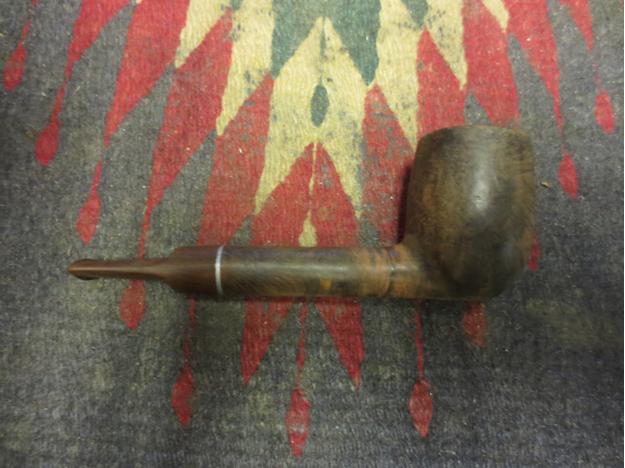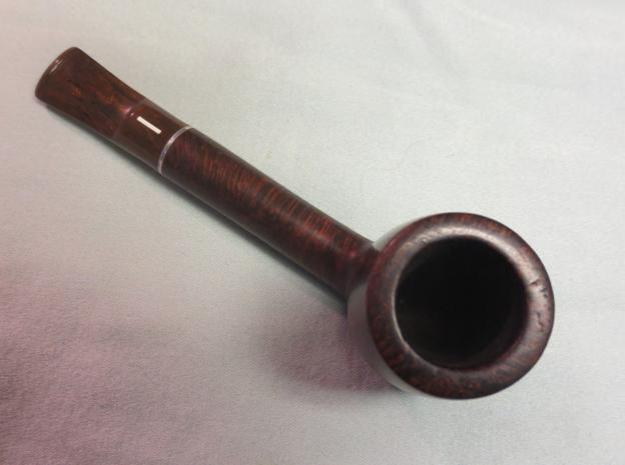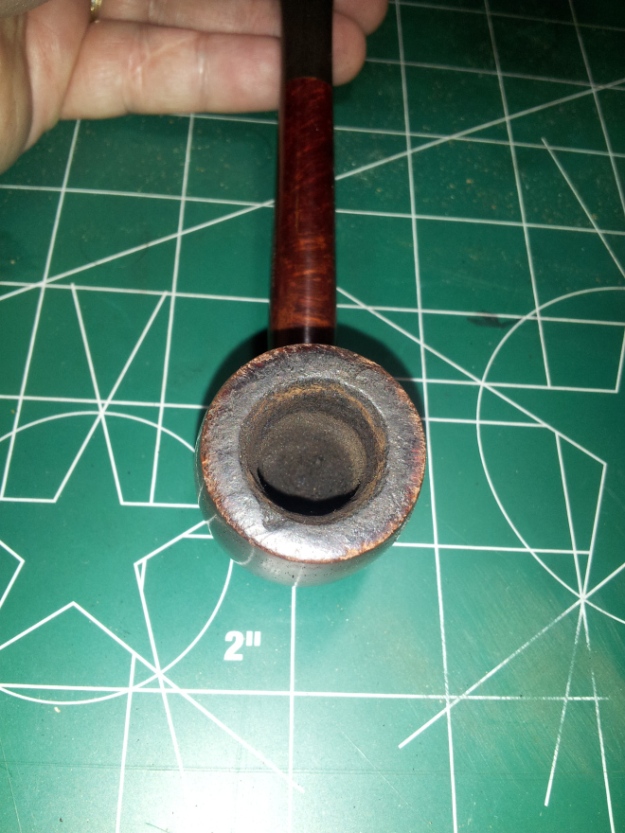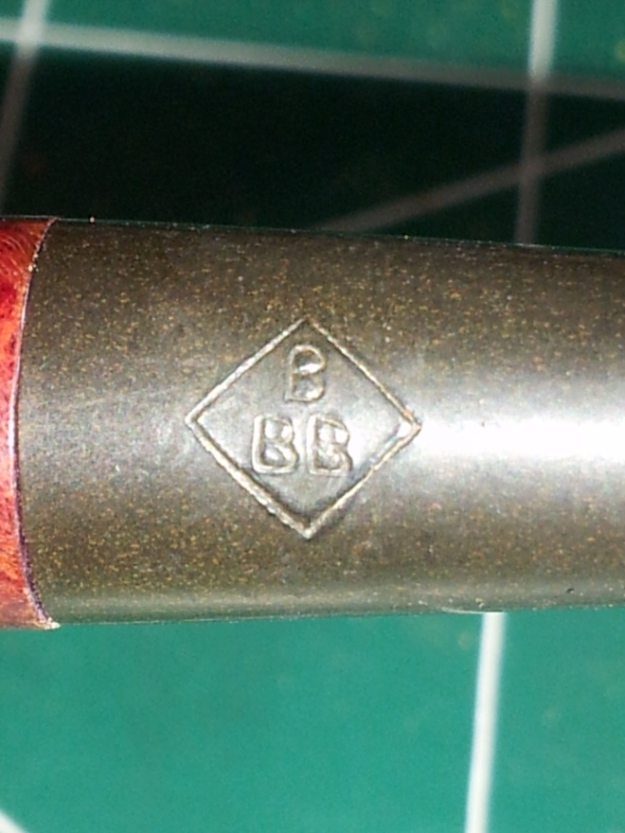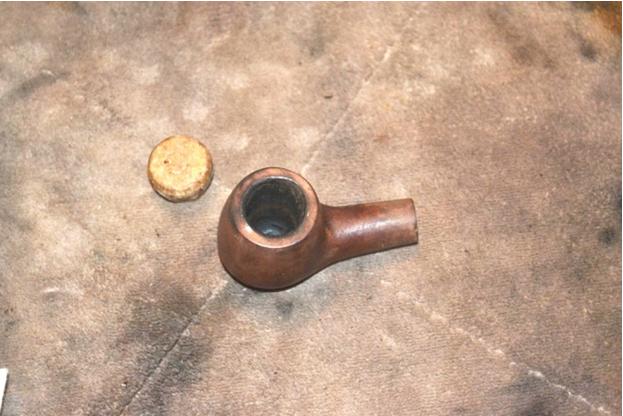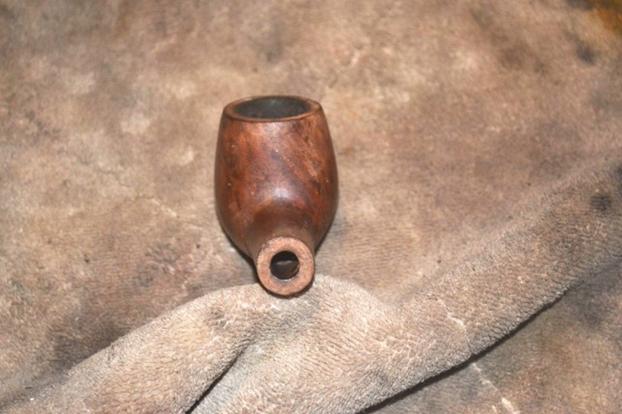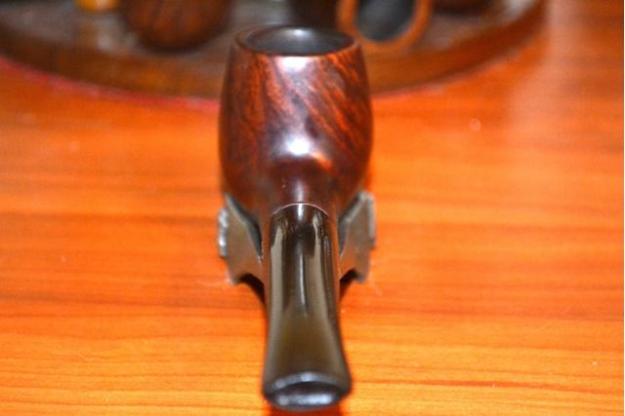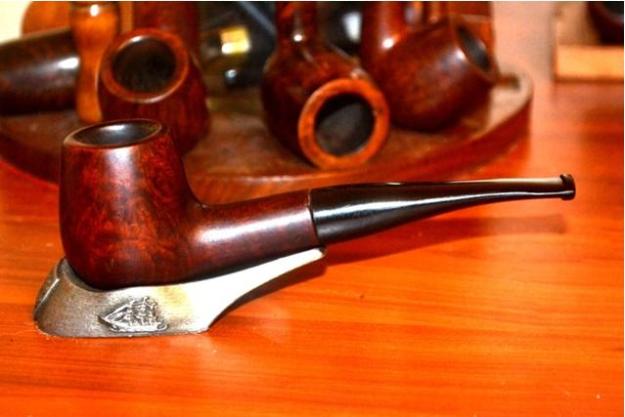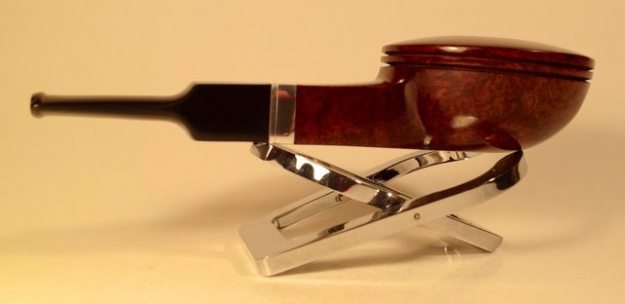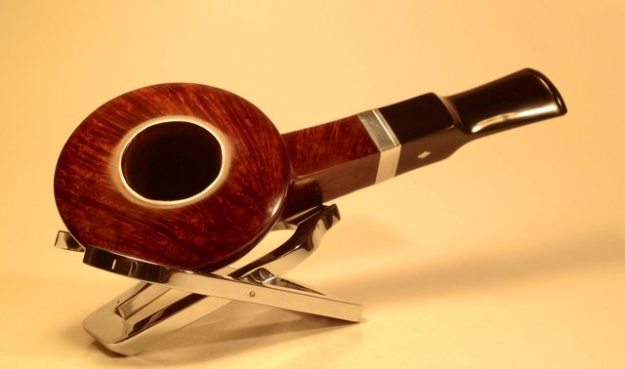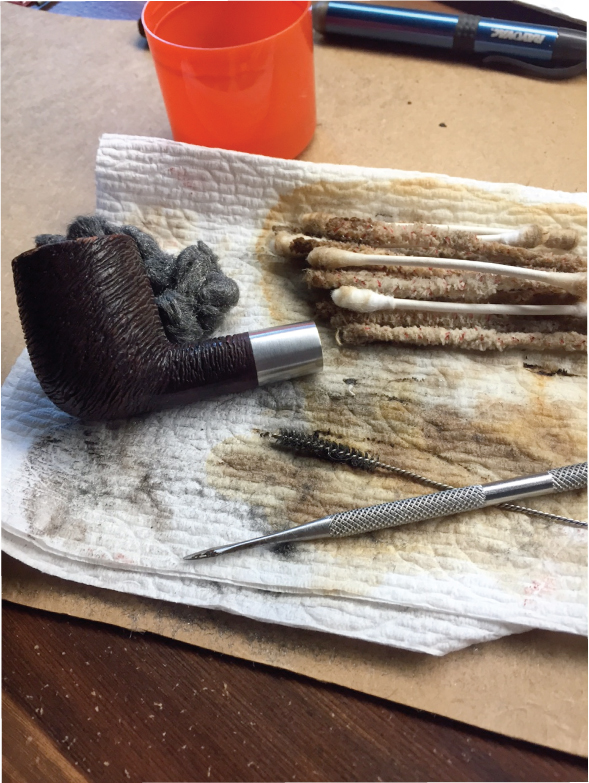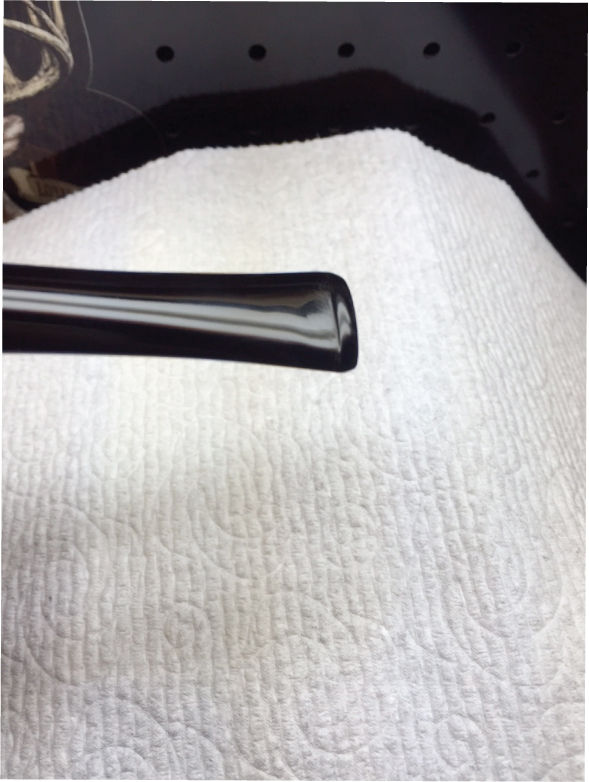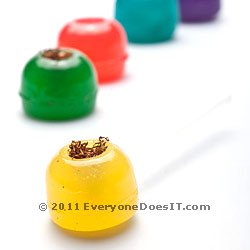Blog by Steve Laug
I have just returned from being in Berlin and in Budapest. I spent just over a week in Budapest and had a great time there. While I was there I was able to sit in a variety of sidewalk cafes and café terraces and enjoy dinner, a pipe and a drink in all of them with no issues. It was a delight to either end a meal with a pipe or sit and sip a new brew while enjoying a bowl.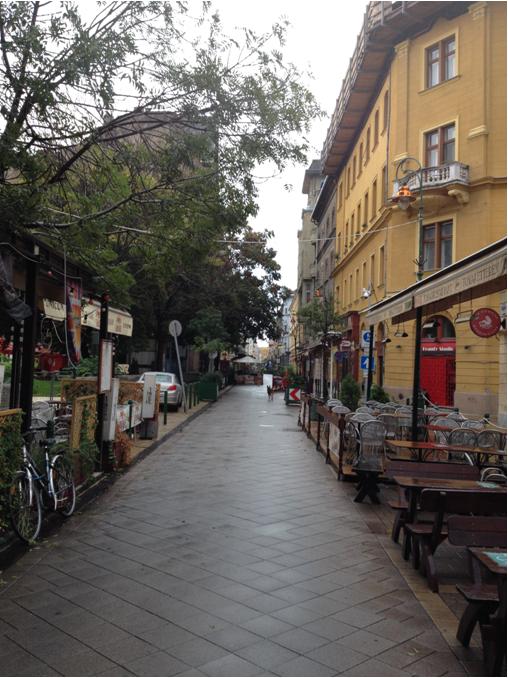 While I was there met other pipe smokers and found them friendly and helpful. I visited two of the pipe shops I have written about before on the blog – Gallwitz and the Pipetorium. When I visited here 5 years ago these both were amazing pipes shops in their own right. They were very different but they both are connected with good memories of that first trip. However this time when I visited them they had undergone significant change. These changes brought to mind some questions for me on the health of pipesmoking in Budapest.
While I was there met other pipe smokers and found them friendly and helpful. I visited two of the pipe shops I have written about before on the blog – Gallwitz and the Pipetorium. When I visited here 5 years ago these both were amazing pipes shops in their own right. They were very different but they both are connected with good memories of that first trip. However this time when I visited them they had undergone significant change. These changes brought to mind some questions for me on the health of pipesmoking in Budapest. The Gallwitz shop looked the same on the outside but once I opened the door and went in it was obvious that things were not the same. The shop was reduced to almost half of its original size. I was quite shocked when I walked in the front door to see how small it had become. When I was there previously the shop was the quintessential European pipe shop. The walls were lined with cabinets and display drawers. The back of the shop had a low counter and a pipe craftsman sat in residence there. He was not only the shop keeper but a pipe maker in his own right. He “reigned” in this shop with dignity and an age beyond his years. The photos below show what the shop used to look like. I hope that these will give you a picture of what I had in my memories of the previous visit. It was a veritable treasure trove of pipe history in Budapest and a must stop for all who love the pipe and all things pipe.
The Gallwitz shop looked the same on the outside but once I opened the door and went in it was obvious that things were not the same. The shop was reduced to almost half of its original size. I was quite shocked when I walked in the front door to see how small it had become. When I was there previously the shop was the quintessential European pipe shop. The walls were lined with cabinets and display drawers. The back of the shop had a low counter and a pipe craftsman sat in residence there. He was not only the shop keeper but a pipe maker in his own right. He “reigned” in this shop with dignity and an age beyond his years. The photos below show what the shop used to look like. I hope that these will give you a picture of what I had in my memories of the previous visit. It was a veritable treasure trove of pipe history in Budapest and a must stop for all who love the pipe and all things pipe. This time the many pipes both estate and new had been reduced. The drawers of pipes were less and they contained fewer examples and brands. The back wall which had earlier been filled with a variety of tinned and pouch tobacco was missing. The shop looked like it had been emptied of its aged dignity. The pipe maker was gone from the low counter. Instead it appeared that the owner (a man more my own age) was now present. I could see that things were not doing well. In speaking with him I found out that the government was making it almost impossible for him to make a living with his shop. He said that they took away tobacco sales and nationalized them. His shop could no longer sell tobacco. He seriously wondered how long he could survive. Listening to him and looking at his shop I too wonder if it will be here next time I come to Budapest.
This time the many pipes both estate and new had been reduced. The drawers of pipes were less and they contained fewer examples and brands. The back wall which had earlier been filled with a variety of tinned and pouch tobacco was missing. The shop looked like it had been emptied of its aged dignity. The pipe maker was gone from the low counter. Instead it appeared that the owner (a man more my own age) was now present. I could see that things were not doing well. In speaking with him I found out that the government was making it almost impossible for him to make a living with his shop. He said that they took away tobacco sales and nationalized them. His shop could no longer sell tobacco. He seriously wondered how long he could survive. Listening to him and looking at his shop I too wonder if it will be here next time I come to Budapest.
To illustrate how much things have changed there on the Vaci Utca I want to point out some of the differences that five years have made. This street is the tourist hub of the city. It contains high end shops and restaurants as well as the assorted tourist shops. There were many small tobacco shops here when I came five years ago. For instance just across the street and around the corner from Gallwitz there used to be a Davidoff shop. It was no longer there. In its place was government tobacco shop with cigarettes, drinks and candy with a limited selection of cigarillos, a small assortment of Cuban cigars, maybe 8 different pouched tobaccos and roll your own tobaccos and cigarette papers. The ambience of the elegant Davidoff shop was gone as were its humidors and shop clerks. Many of the other shops were either gone or changed to the innocuous government tobacco shops with little tie to the past that had been there before. I wonder about the state of the historic shops in Budapest and am pretty sure they will be gone when I return again to this beautiful city.
A few days later after work, one of my Hungarian colleagues, who is also a pipe smoker took me to visit the Pipetorium. This shop was a sweet memory to me of my last visit to Budapest. I was hoping that the unique little shop with its hobbit like shop keeper had not changed. The following three photos are pictures of what the shop looked like the last time I visited Budapest.

 When we came to the location of the shop I was surprised. I would easily have walked right by without knowing that I had missed it. The unique classic pipe sign was gone and in its place was the circular government tobacco shop sign. The display windows were painted over as was the glass door.
When we came to the location of the shop I was surprised. I would easily have walked right by without knowing that I had missed it. The unique classic pipe sign was gone and in its place was the circular government tobacco shop sign. The display windows were painted over as was the glass door.  My friend and I pushed open the door and I was expecting the worst. Would the shop be but a memory of my last visit, like the Gallwitz shop? I was not sure. The painted windows and door had darkened the inside but thankfully it remained much the same. The hobbitlike owner who I had met previously still sat behind his counter. The difference this time is that I had a Hungarian with me so we could actually visit. The previous time we had managed with few words. This time we visited and talked about the state of his shop. He told me that he was saddened by the changes that had been forced upon him by the government regulations. He said that he was still surviving. I purchased some pipe cleaners that he manufactured and some tobaccos to pass on to friends before leaving the shop. I looked around at the displays of pipes and tobaccos and wondered if this shop would be here the next time I came to Budapest. Time would tell.
My friend and I pushed open the door and I was expecting the worst. Would the shop be but a memory of my last visit, like the Gallwitz shop? I was not sure. The painted windows and door had darkened the inside but thankfully it remained much the same. The hobbitlike owner who I had met previously still sat behind his counter. The difference this time is that I had a Hungarian with me so we could actually visit. The previous time we had managed with few words. This time we visited and talked about the state of his shop. He told me that he was saddened by the changes that had been forced upon him by the government regulations. He said that he was still surviving. I purchased some pipe cleaners that he manufactured and some tobaccos to pass on to friends before leaving the shop. I looked around at the displays of pipes and tobaccos and wondered if this shop would be here the next time I came to Budapest. Time would tell.
 On the last day in Budapest I took a walk further down the Vaci Utca looking for some gifts for my daughters and hoping to see one last tobacco shop that had been there on my previous visit. It was called the Cigar Tower and was a tall round building that stood on a corner street just off the Vaci. When I had been there in the past it had display windows that advertised the pipes, cigars and tobaccos that filled the shop. There was a lovely cigar/smoking lounge on the upper floors. It was an interesting place to visit before but had none of the quaint ambience of the old pipe shop. It was more of a cigar shop that sold a few pipes – but at least it had that. When we walked by I looked at the windows and saw that the same government regulations had attached themselves to this shop. The windows and doors were painted over and the obnoxious government signs now cover them. The display windows are dark. The inside also was darker and the selection had deteriorated much as the other shops. There were fewer pipes and a smaller selection of tobaccos than before. Even the cigar selection had been reduced. It had changed from a unique shop to ugly one. I did not even bother checking out the lounge on the upper floors. The windows had also been painted over and looked dark. I had no desire to lose the memory I had of sitting and enjoying a pipe and a drink there. These were indeed sad times for tobacconists and lovers of the old pipe shops in Hungary. Things had changed and I was left wondering if they would survive the change. Would even this shop remain the next time I was in Budapest.
On the last day in Budapest I took a walk further down the Vaci Utca looking for some gifts for my daughters and hoping to see one last tobacco shop that had been there on my previous visit. It was called the Cigar Tower and was a tall round building that stood on a corner street just off the Vaci. When I had been there in the past it had display windows that advertised the pipes, cigars and tobaccos that filled the shop. There was a lovely cigar/smoking lounge on the upper floors. It was an interesting place to visit before but had none of the quaint ambience of the old pipe shop. It was more of a cigar shop that sold a few pipes – but at least it had that. When we walked by I looked at the windows and saw that the same government regulations had attached themselves to this shop. The windows and doors were painted over and the obnoxious government signs now cover them. The display windows are dark. The inside also was darker and the selection had deteriorated much as the other shops. There were fewer pipes and a smaller selection of tobaccos than before. Even the cigar selection had been reduced. It had changed from a unique shop to ugly one. I did not even bother checking out the lounge on the upper floors. The windows had also been painted over and looked dark. I had no desire to lose the memory I had of sitting and enjoying a pipe and a drink there. These were indeed sad times for tobacconists and lovers of the old pipe shops in Hungary. Things had changed and I was left wondering if they would survive the change. Would even this shop remain the next time I was in Budapest. After visiting these old memories and feeling the very real loss of what used to be I sat and smoked a bowl and had a pint at one of the sidewalk cafes near my hotel. It is such a contrast to experience this time in Budapest. While there is distinctly a freedom to smoke a pipe that is very much alive here there is also the sad reality that the pipe shops have declined under oppressive regulations. Things look good at first glance as you sit in a café enjoying your pipe but once you make the rounds to the shops and speak to the shopkeepers and owners you see that things are not as good as they appear. Will there be any pipe shops in Budapest next time I come? I have no idea really. But I am hoping in the years ahead that there will be new shops who figure out how to survive the regulations and thrive as unique glimpses into the past. I am also hoping that the government does not follow the path that the Canadian government has and ban smoking from the sidewalks and cafes. This would truly be sad and a real loss of personal freedom.
After visiting these old memories and feeling the very real loss of what used to be I sat and smoked a bowl and had a pint at one of the sidewalk cafes near my hotel. It is such a contrast to experience this time in Budapest. While there is distinctly a freedom to smoke a pipe that is very much alive here there is also the sad reality that the pipe shops have declined under oppressive regulations. Things look good at first glance as you sit in a café enjoying your pipe but once you make the rounds to the shops and speak to the shopkeepers and owners you see that things are not as good as they appear. Will there be any pipe shops in Budapest next time I come? I have no idea really. But I am hoping in the years ahead that there will be new shops who figure out how to survive the regulations and thrive as unique glimpses into the past. I am also hoping that the government does not follow the path that the Canadian government has and ban smoking from the sidewalks and cafes. This would truly be sad and a real loss of personal freedom.
I am home in Vancouver now and missing the sidewalk cafes and the pleasure of a pint and a pipe in the quaint ambience that is found in those spaces in Budapest. I am left wondering if they will be there the next time I am in Budapest or whether they too will be lost to the back reaches of my memory.






